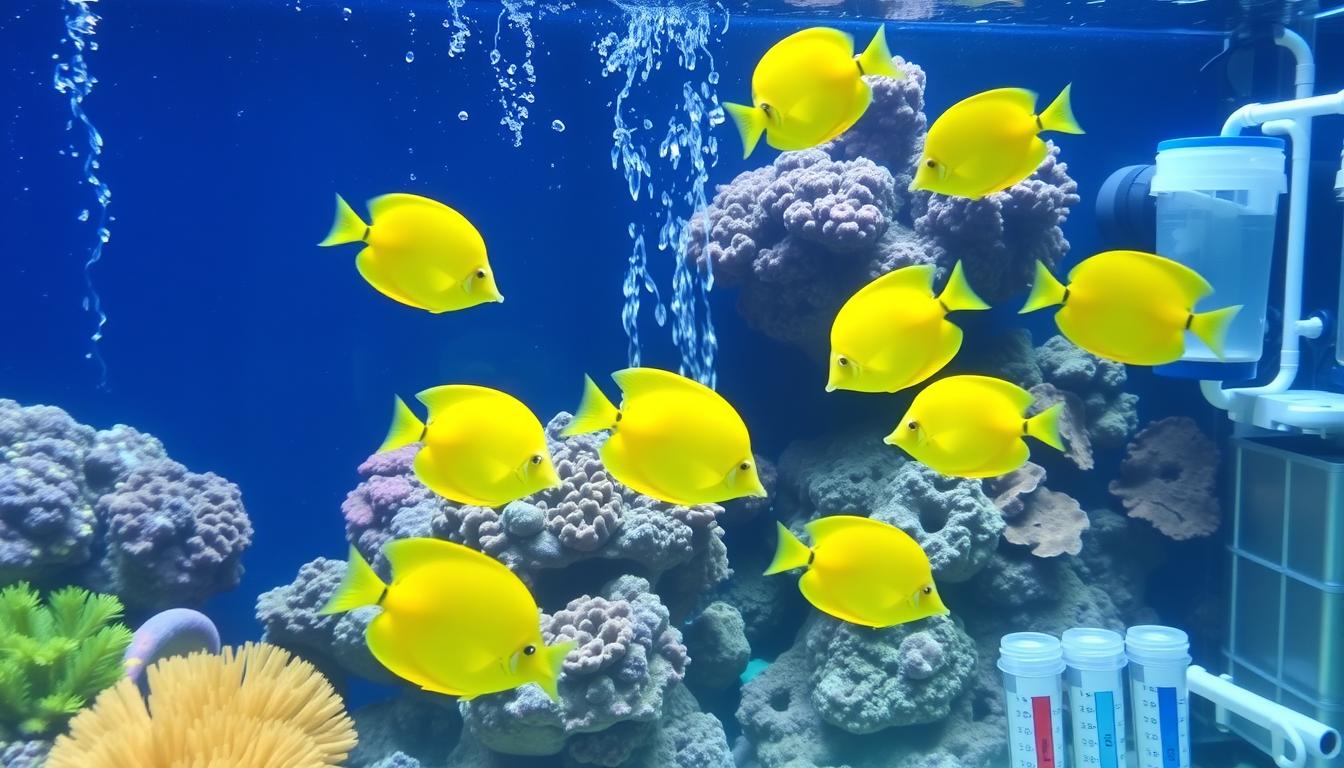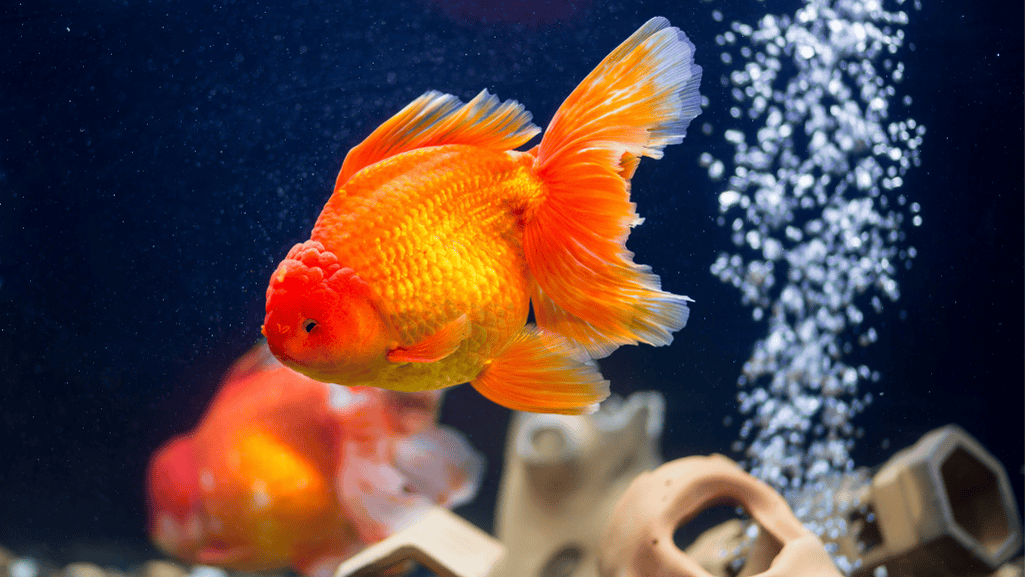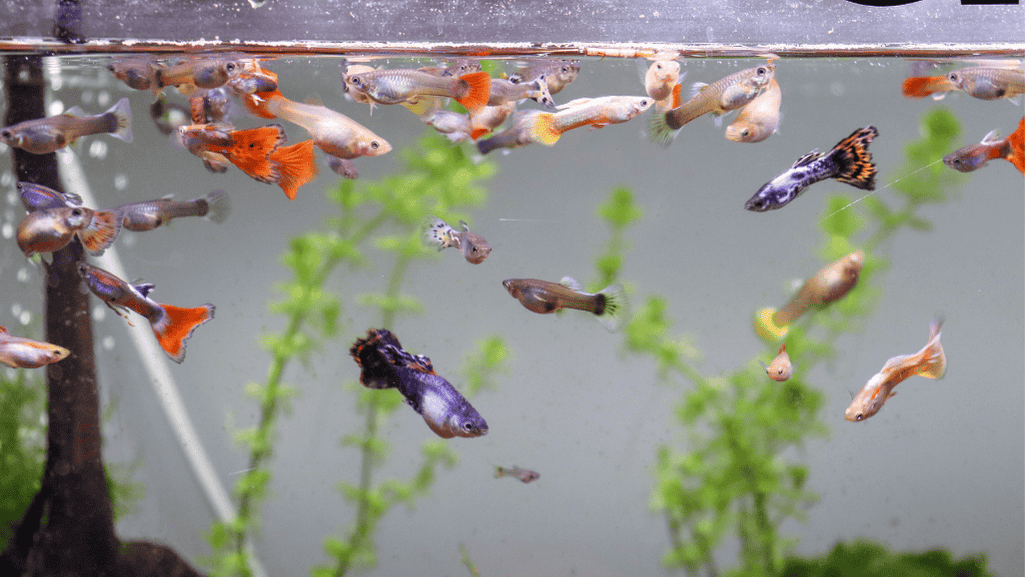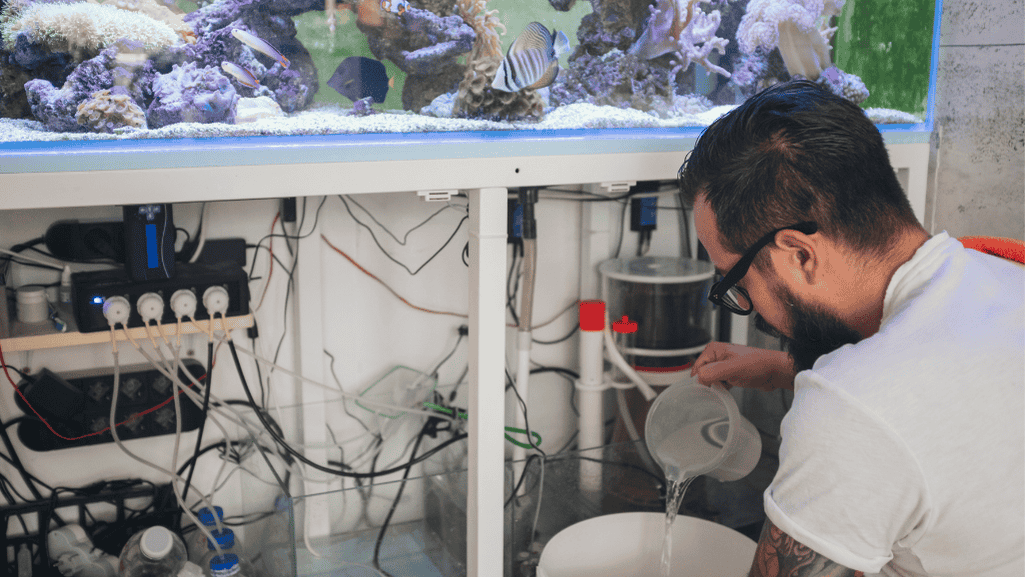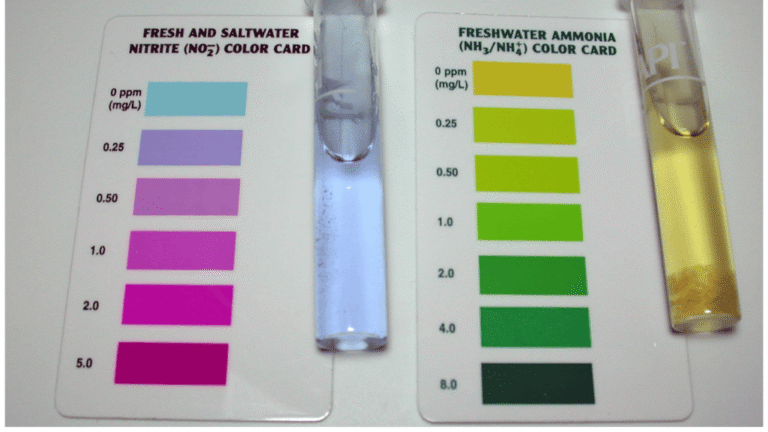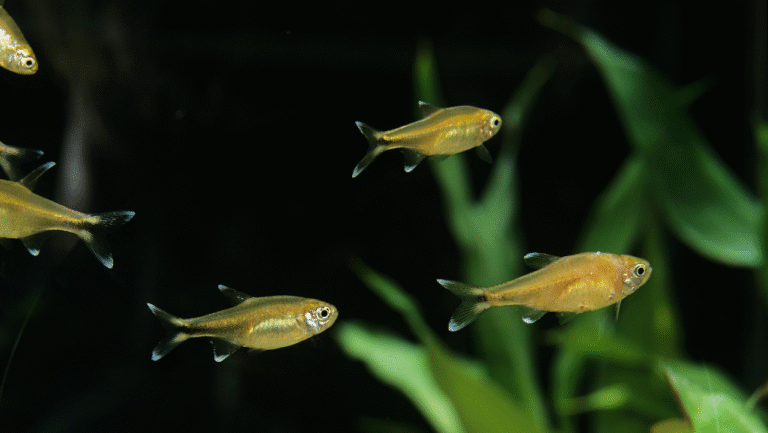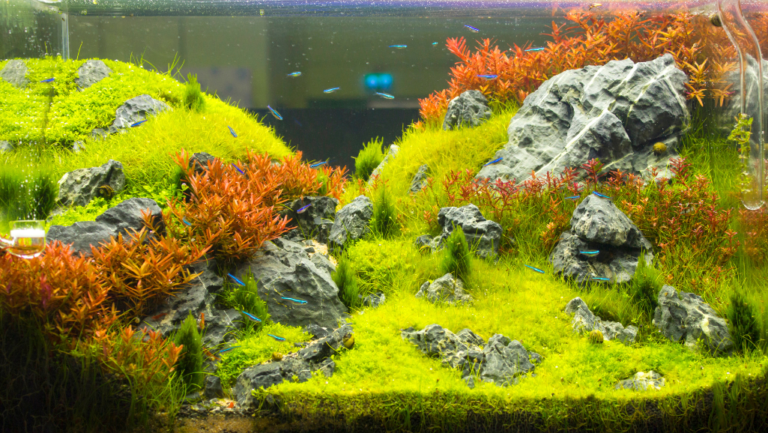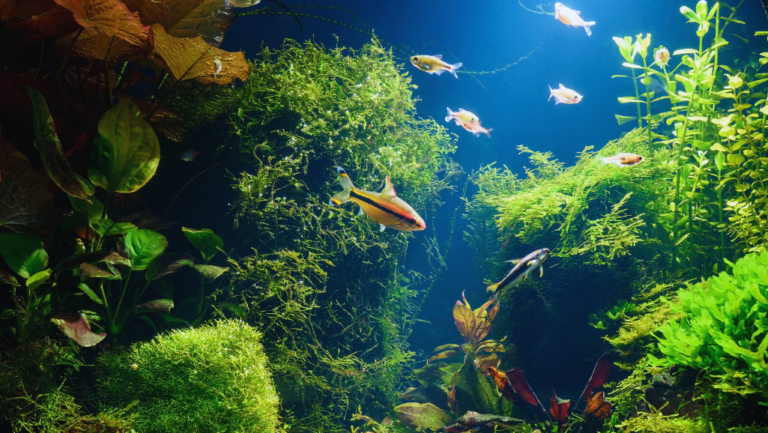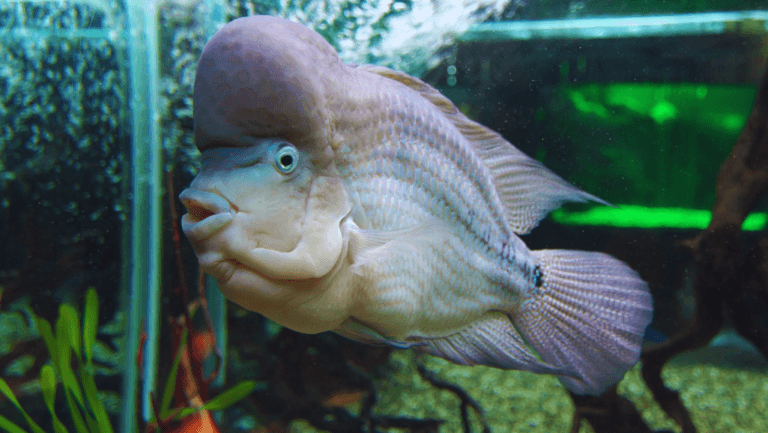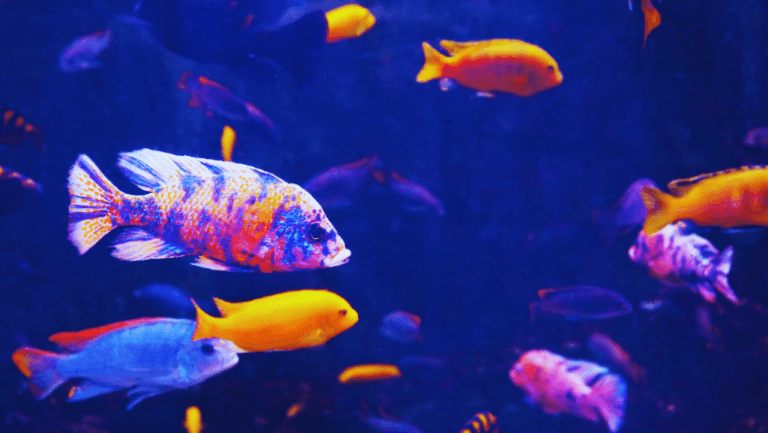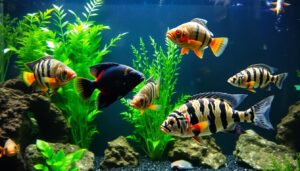Keeping your aquarium water in top shape is key to a healthy environment for your fish. Simple actions—regular water changes, targeted cleaning, and consistent filter care—make a big difference. Understanding the science behind how to maintain aquarium water helps you keep water chemistry stable and fish healthy.
Controlling algae while preserving beneficial bacteria is crucial. Tailor your maintenance to your tank’s size and bioload: for example, a lightly stocked 20-gallon with 10 small tetras may be fine with weekly 10–20% changes, while a heavily stocked 20-gallon cichlid tank often needs larger or more frequent water changes. These steps are central to proper aquarium water care.
Every responsible aquarist knows that fish tank water upkeep prevents swings in pH, ammonia, and nitrite that stress fish. Regularly check water parameters and treat tap water for chlorine or chloramine before adding it to the tank—this simple routine protects your livestock and stabilizes the aquarium water maintenance.
Monitor pH and keep ammonia and nitrite at or near zero; aim to keep nitrate low (recommendations vary by species—many community tanks do well under 20–40 ppm; see the parameter table later). Consider tools that save you time—an automatic feeder helps maintain consistent feeding and water quality, and automatic water change systems reduce manual labor. Learn more about best practices at AquariumScience.org.
Key Takeaways
- Follow a simple routine: test, clean, and change water regularly—this keeps your aquarium stable.
- Perform 10–20% weekly water changes for many community tanks; adjust based on stock and filter capacity.
- Test pH, ammonia, nitrite, and nitrate consistently—correct issues promptly.
- Limit lights to about 8–10 hours a day to help prevent excess algae growth.
- Invest in digital test kits, UV sterilizers, or an automatic water-change system if you want to reduce hands-on time and improve results.
Aquarium Water Parameters: Ensuring Optimal Conditions
Keeping the right aquarium water parameters is essential for your fish’s health. Whether you’re new to the hobby or experienced, knowing the key elements of water quality in aquariums helps you prevent stress and disease. Regularly checking pH, ammonia, nitrite, and nitrate — and acting on results — is more than routine; it’s the core of good aquarium maintenance.
The Role of pH Levels in Fish Health
pH influences biological filtration, fish physiology, and plant growth. For many freshwater community tanks, a pH of about 6.5–7.5 is a good target, but some species need a different range. Test pH regularly and note that sudden shifts are more dangerous than a steady value. If you keep marine species, target the marine pH range discussed later in the article.
Understanding Ammonia, Nitrite, and Nitrate
Ammonia and nitrite are toxic even at low concentrations; aim for zero ppm. Nitrate is less toxic but should be controlled — many community freshwater tanks do well when nitrate stays below 20–40 ppm depending on sensitivity of your fish and plants. Use a reliable water testing kit to monitor these levels. Strong biological filtration and regular maintenance normally keep these compounds low.
Importance of Regular Water Testing
Good water quality in aquariums requires routine testing and adjustments. Test pH, ammonia, nitrite, and nitrate weekly for most tanks — more often during cycling, after adding new fish, or if you notice stress signs. For marine systems also check salinity, alkalinity (carbonate hardness), and calcium. Beginners benefit from a comprehensive liquid reagent kit; advanced hobbyists may prefer digital meters for quick temperature and pH reads.
| ParameterIdeal RangeImportance | |||
| pH Level | Freshwater: 6.5 – 7.5 | Marine: 8.1 – 8.4 | Supports fish health, plants, and biological filtration. |
| Ammonia | 0.0 ppm | Highly toxic; treat immediately if detected. | |
| Nitrite | 0.0 ppm | Should be near zero in a cycled aquarium. | |
| Nitrate | Freshwater: <20–40 ppm | Marine: <10–20 ppm (sensitive systems lower) | Less toxic but promotes algae and stress if high. |
| Alkalinity | Freshwater: 120–300 mg/L (as CaCO3) | Marine: 8–12 dKH | Buffers pH and provides stability. |
| Hardness | 100–250 mg/L (approx. GH) | Affects species suitability and water chemistry. |
Quick troubleshooting example: if a test shows ammonia >0.25 ppm → perform an immediate 25% partial water change, check and clean (or replace) filter media as appropriate, reduce feeding, and retest within 24 hours. Keep a log of results so you can spot trends.
Aquarium Water Changes: Best Practices and Techniques
Knowing the right methods for aquarium water changes keeps your tank stable and your fish healthy. A clear aquarium water change schedule, matched to your tank’s size and bioload, is one of the easiest and most effective maintenance steps you can take.
How to Safely Perform Water Changes
Protect your fish and equipment during water changes for aquarium by following a simple, safe routine: use a clean bucket, treat tap water for chlorine/chloramine with a quality conditioner (follow the manufacturer’s dosing), and match the new water’s temperature to the tank to avoid shocking fish. If you use a heater or in-line pump, follow the device manufacturer’s guidance—some equipment can stay powered; others should be turned off briefly.
Remove old water slowly using a siphon or gravel vacuum. Gently stir the substrate while siphoning to extract trapped waste, but avoid excessive disturbance. Refill the tank slowly with treated water to maintain stable chemistry and flow.
Maintaining Stability During Water Change
Choose a water change frequency based on stocking level and filtration: many community tanks do well with 10–20% weekly changes, while lightly stocked tanks can do every other week at 10–15%, and heavily stocked or high-waste tanks may require larger or more frequent changes. Test pH, temperature, and key toxins before and after a change to confirm stability.
Here is a quick, practical checklist you can follow:
- Prep treated replacement water in advance—match temperature and dechlorinate.
- Turn off/secure electrical devices if needed and place a clean bucket and siphon.
- Siphon 10–20% (or the planned amount) while gently vacuuming the substrate.
- Refill slowly, restore equipment, and monitor water parameters.
- Log the change (date, amount, notes) to track trends.
Example schedules: a lightly stocked 20-gallon community tank — 10% every week or 20% every two weeks; a heavily stocked 20-gallon — 20% weekly or 25% weekly until levels stabilize. If you use automatic systems, set them to replace modest amounts (e.g., 10–25% per automated cycle) rather than large single swaps.
If your local tap water contains chloramine, use a conditioner that neutralizes it (some conditioners also bind ammonia). For dosing details, consult product labels and manufacturer charts. After a water change, prime filters if needed and double-check that flows are normal.
In short, consistent water changes using treated, temperature-matched water, a simple checklist, and a schedule tailored to your tank are the best ways to keep aquarium water quality high and your fish thriving. Consider signing up for a weekly water-change reminder or downloading a printable checklist to make the routine easier.
Filter Functionality: Key to Clean Aquarium Water
An aquarium filtration system is essential for keeping aquarium water clean. Proper filtration helps control key water levels, removes debris, and supports the beneficial bacteria that keep your tank balanced and your fish healthy.
Understand the three filtration roles—mechanical, biological, and chemical—and the filter media that performs each job. Mechanical media traps particles, biological media houses nitrifying bacteria, and chemical media (like activated carbon) removes dissolved organics and odors. Keeping each media type in good condition preserves overall filtration performance.
- Regularly inspect and gently clean filter media, the impeller, and inlet cage to maintain flow and efficiency.
- Rinse sponges and biological media in removed tank water (not tap water) to preserve beneficial bacteria.
- Replace chemical media (e.g., activated carbon) on the manufacturer’s schedule—typically monthly—rather than cleaning it.
For practical care tips and setup advice visit Aqua Joy Life, where experts share best practices for different filter types.
Quick guidance for common filter types and maintenance frequency:
| AspectGuidance | |
| Cleaning Frequency | Depends on tank size, fish load, and filter type: sponge filters monthly, hang-on/backpacks every 4–8 weeks, canisters every 8–12 weeks (or as needed). |
| Visual Checks | Do daily visual checks for flow and noise; perform deeper maintenance when flow decreases or water clarity suffers. |
| Tools | Use soft brushes, filter floss, and dedicated cleaning syringes to clear impellers and housings without damage. |
| Electrical Safety & Priming | Unplug electrical components before deep cleaning; prime external filters after reassembly to avoid air locks and protect the pump. |
Troubleshooting tips: low flow often means clogged mechanical media or impeller debris (clean these first); noisy filters can indicate air trapped in the system—re-prime and check seals. Keep a short maintenance log (date, actions, observations) to spot trends and decide when to replace vs. clean media.
Aquarium Water Maintenance: Keeping Your Ecosystem Balanced
Keeping your aquarium vibrant goes beyond feeding and occasional cleaning. Solid Aquarium Water Maintenance combines consistent testing, targeted treatment, and routine equipment care to preserve water quality and support healthy fish and plants.
Balancing your tank means understanding chemistry, temperature, and biological load. Regular maintenance—testing parameters, cleaning the filter, and scheduling water changes—prevents common problems like algae blooms and oxygen dips.
- Regular Water Testing and Maintenance: Monitor pH, ammonia, nitrite, and nitrate so you can act quickly if levels shift.
- Temperature Control: Keep stable temperatures appropriate for your species; abrupt changes stress fish and disrupt beneficial bacteria.
- Biological Balance: Maintain a suitable mix of fish, plants, and beneficial bacteria to help natural filtration and reduce the maintenance burden.
| ParameterFreshwater AquariumSaltwater Aquarium | ||
| Nitrates | <20 ppm for sensitive/planted tanks; generally keep under 40 ppm | <10–20 ppm (lower in reef systems) |
| Nitrites | 0 ppm (except during cycling) | 0 ppm (except during cycling) |
| pH Level | 6.5–7.5 | 8.1–8.4 |
| Temperature | 72–82°F (species dependent) | 75–78°F |
| Water Change Frequency | 10–20% weekly or 10–15% every other week depending on bioload | 10–15% every other week (reef and sensitive systems may need tailored schedules) |
Practical tips: match the water change routine to your tank and stocking — a lightly stocked 20-gallon community tank can often manage with 10% weekly or 20% every two weeks, while heavily stocked tanks should aim for larger or more frequent changes. Use a gravel vacuum to remove detritus from the substrate and keep nitrate production down.
Use the right tools and a consistent maintenance schedule: keep a simple log of tests and changes, clean filters on a set cadence, and address any trends early. These habits keep your aquarium water quality high and make long-term care straightforward and predictable.
Algae Management: Strategies for a Clear View
Keeping algae under control is essential for clear water and a healthy aquarium. Algae blooms can reduce oxygen at night, obscure the view into the tank, and unbalance nutrient cycles if left unchecked. A combination of light management, nutrient control, physical cleaning, and biological helpers usually works best.
Identifying and Controlling Algae Growth
Algae grow when light and nutrients (especially phosphates and nitrates) are abundant. For most tanks, limiting light to about 8–10 hours a day helps prevent excessive growth—planted tanks with CO2 may need a different schedule. Test and manage nutrient inputs by avoiding overfeeding and performing regular water changes. If phosphates are high, consider a targeted phosphate remover, but use chemical media carefully to avoid stripping beneficial trace elements.
Physical removal is an important first response: use algae scrapers, magnetic cleaners, or soft brushes to clear glass and decorations. Remove loose algae during vacuuming to keep the tank looking good and reduce nutrient recycling.
Choosing the Best Algae-Eating Fish and Invertebrates
Biological control can be very effective. Select species that suit your tank size and water type—many aquarists add algae grazers as a natural, ongoing cleaning crew.
- Otocinclus: small, peaceful, ideal for planted or small community tanks; need established algae film and stable water.
- Siamese algae eaters: larger, more voracious; good for medium to large tanks with heavier algae problems.
- Nerite snails: excellent on glass and decorations; they don’t reproduce in freshwater, so population control is simple.
Note: verify species compatibility and dietary needs before adding algae eaters—some require supplemental food when natural algae are scarce.
Quick ID and Response Flow
Use this simple flow to react to common algae types:
- Identify: green dust on glass, string/hair algae, or cyanobacteria (slimy mats).
- Adjust light: reduce by 1–2 hours or dim intensity.
- Reduce nutrients: cut feeding, do a 25% water change, vacuum substrate.
- Physical + biological: remove large growths manually and add appropriate grazers.
- Chemical last: use targeted media (phosphate removers) only if necessary and follow product guidance.
Example: if you see green dust on the glass for two weeks, reduce lights by two hours, perform a 25% water change, add a nerite snail (if compatible), and retest phosphate/nitrate levels in one week.
Combining these methods—light control, regular cleaning, feeding discipline, and the right algae-eaters—keeps aquariums clear and supports overall water quality. For stubborn or unusual algae, consult species-specific resources or consider posting photos to an aquarium forum for identification help.
Feeding Practices: Impact on Water Quality
What and how you feed your fish has a direct effect on aquarium water quality. Overfeeding is one of the most common causes of ammonia spikes and cloudy water—both of which stress fish and harm beneficial bacteria—so controlled portions and a predictable routine are essential.
Feed amounts that fish will consume quickly to avoid uneaten food decomposing on the substrate or in the filter. As a rule of thumb, offer only what your fish eat in about 2–3 minutes, then remove leftovers. Adjust serving sizes by species and tank size: smaller, active tropical fish need smaller, more frequent feedings; large carnivores may eat once daily.
Practical Feeding Schedules
- Small tropical community tanks: feed 1–2 times daily, small pinches the fish clear in ~2 minutes.
- Medium community tanks: 2 feedings daily or one larger feeding; observe how much is eaten in 2–3 minutes and adjust.
- Large carnivores or slow-eating species: once daily or every other day, depending on species needs.
Quality of food matters—high-quality diets produce less waste and support fish health and color. Use a mix of dry, frozen, and live feeds as appropriate for species, and rotate foods to provide balanced nutrition.
Signs of Overfeeding & Quick Fixes
Watch for cloudy water, excess surface film, increased nitrate/ammonia readings, or a visible layer of uneaten food on the gravel. If you see these signs: stop feeding for 24 hours, perform a partial water change (10–25%), vacuum the substrate, and test ammonia/nitrate levels. Reintroduce smaller portions and consider using an automatic feeder to control portions and timing.
| NutrientImpact on WaterManagement | ||
| Nitrogenous waste | Can cause ammonia spikes and stress | Controlled feeding, regular water changes, adequate filtration |
| Organic waste | Raises biological oxygen demand and reduces clarity | Remove uneaten food; improve mechanical filtration |
| Trace nutrients | Depletion impacts sensitive invertebrates/corals | Use supplements for specialized systems |
Keep a simple feeding log (amount, time, observations) to spot patterns. Proper feeding reduces maintenance time, keeps ammonia and other toxin levels low, and helps your aquarium look and run its best.
Advanced Water Care Techniques for Seasoned Aquarists
Advanced water care for aquariums goes beyond routine cleaning: it uses targeted systems and strategies to keep tank water exceptionally clear and chemically stable. These methods complement basic maintenance and are most useful for high-stocked tanks, planted systems, and marine setups where tighter control is required.
Utilizing UV Sterilizers for Enhanced Clarity
UV sterilizers can reduce free-floating algae and pathogens by exposing passing water to ultraviolet light. They are not a substitute for filtration but are a useful addition when recurring microscopic algae (green water) or disease outbreaks occur. Match the unit to your tank’s flow rate—many manufacturers provide sizing charts; as a rough example, a 50-gallon system typically needs a UV unit rated to handle the tank’s turnover at least once per hour at the unit’s recommended flow for effective contact time.
Protein Skimmers: When to Use Them
Protein skimmers remove dissolved organic waste before it breaks down into nitrogenous compounds; they are essential in many marine and reef systems where organic load is high. Freshwater tanks rarely need skimmers. If you run a saltwater or reef tank, size the skimmer to the actual bio-load rather than tank volume alone—overbuilt units perform better in heavy systems.
The Role of Live Plants in Nutrient Absorption
Live plants are a natural, low-maintenance way to absorb excess nitrates and CO2 while improving oxygen levels. In freshwater planted tanks, fast-growing stem plants and floating species are particularly effective at reducing nitrate and phosphate levels, lowering algae risk and improving overall water balance.
Advanced hobbyists also use complementary additives and targeted dosing to support specific systems. Use additives carefully and follow dosing instructions—overuse of pH adjusters or conditioners can destabilize the environment.
| Type of AdditiveApplicationPrice Range | ||
| Water conditioner | Neutralizes chlorine/chloramine and detoxifies heavy metals | $5–$15 |
| pH adjusters / buffers | Stabilize pH (use with caution and gradual dosing) | $10–$20 |
| Ammonia detoxifiers | Bind or neutralize toxic ammonia temporarily during emergencies | $8–$18 |
| Calcium / alkalinity supplements | Support coral and invertebrate growth in marine tanks | $12–$30 |
Buyer’s quick tips: prioritize proven manufacturers, size UV units and skimmers to bio-load and flow, and choose additives with clear dosing instructions and safety notes. Remember: these advanced tools improve filtration and stability but don’t replace the basics—regular testing, partial water changes, and good feeding practices remain foundational. Consider downloading an “Advanced Care” checklist to match gear and dosing to your specific aquarium setup.
Essential Equipment for Effective Aquarium Water Maintenance
Keeping your aquarium water clean is central to your fish‘s health and the long-term beauty of your tank. The right tools reduce labor, improve accuracy, and make a consistent maintenance schedule easy to follow.
Automatic water change systems for aquariums remove the manual hassle of frequent changes and can be programmed to replace modest amounts on a regular basis. Set them to modest replacement cycles (for example, multiple small cycles adding up to 10–25% per week) rather than a single large swap; this keeps chemistry stable and mimics gradual dilution.
Automatic Water Change Systems
Pros: saves time, provides consistency, reduces stress on fish. Cons: upfront cost, requires secure tubing and overflow safeguards. Quick setup tips: position reservoirs below the tank level or use pump-rated lines, add check valves to prevent backflow, and include fail-safes to stop fills if power is lost.
Selecting a High-Quality Water Testing Kit
High-quality water testing kits are non-negotiable. Liquid reagent kits (API-style) are affordable and precise for ammonia, nitrite, nitrate, and pH. Digital meters are convenient for frequent pH and temperature checks but require calibration and battery/pH probe care. Keep a spare test kit or strips for quick checks and log results to track trends.
Other essential gear: a reliable siphon/gravel vacuum for substrate cleaning, a quality filter and replacement filter media, a dependable pump for circulation, and a water conditioner to neutralize chlorine and chloramine found in most municipal tap water.
Summary gear checklist (must-have → nice-to-have):
- Must-have: test kit, siphon/vacuum, water conditioner, appropriate filter and media.
- Recommended: thermometer/digital pH meter, spare pads/floss, quality pump.
- Optional/Advanced: automatic water change system, UV sterilizer, protein skimmer (marine).
Investing in this equipment—matched to your tank size and system—reduces surprises and keeps your aquarium running smoothly. If you want, I can recommend specific models and price ranges based on your tank volume and whether it’s freshwater or marine.
Conclusion
As we wrap up our look at optimizing aquarium water conditions, the takeaway is simple: consistent care keeps a tank thriving. A short, regular routine that monitors aquarium water levels, performs targeted water changes, and addresses issues early will turn a basic setup into a healthy underwater environment.
Prevention is the most effective strategy. Regular cleaning, timely filter upkeep, and small, scheduled water changes stop common problems such as ammonia and nitrite spikes, infections, and persistent algae. Use basic tools—siphon hoses, accurate test kits, and a quality water conditioner to treat municipal tap water (removing chlorine or chloramine)—and keep an eye on temperature and alkalinity.
Quick 3-step checklist to act on now:
- Test weekly: pH, ammonia, nitrite, and nitrate—log the results.
- Follow a water-change schedule that fits your tank (common starting point: 10–20% weekly or 10–15% every other week; adjust for bioload).
- Maintain your filter and pumps regularly; prime equipment after a service and confirm normal flow.
FAQ
What are the key steps in maintaining aquarium water quality?
How often should water parameters be tested in an aquarium?
What is the ideal frequency for changing water in an aquarium?
How do I maintain stability in my aquarium during a water change?
Why is filter maintenance important for aquarium health?
How do algae affect aquarium water, and how can it be controlled?
What impact does feeding have on aquarium water quality?
What advanced water care techniques are available for aquarists?
What essential equipment should I have for effective aquarium water maintenance?
Final CTA: download a one-page Aquarium Water Maintenance schedule or subscribe for weekly reminders to keep testing and changes on track—small, consistent actions keep your tank healthy and your fish happy.
